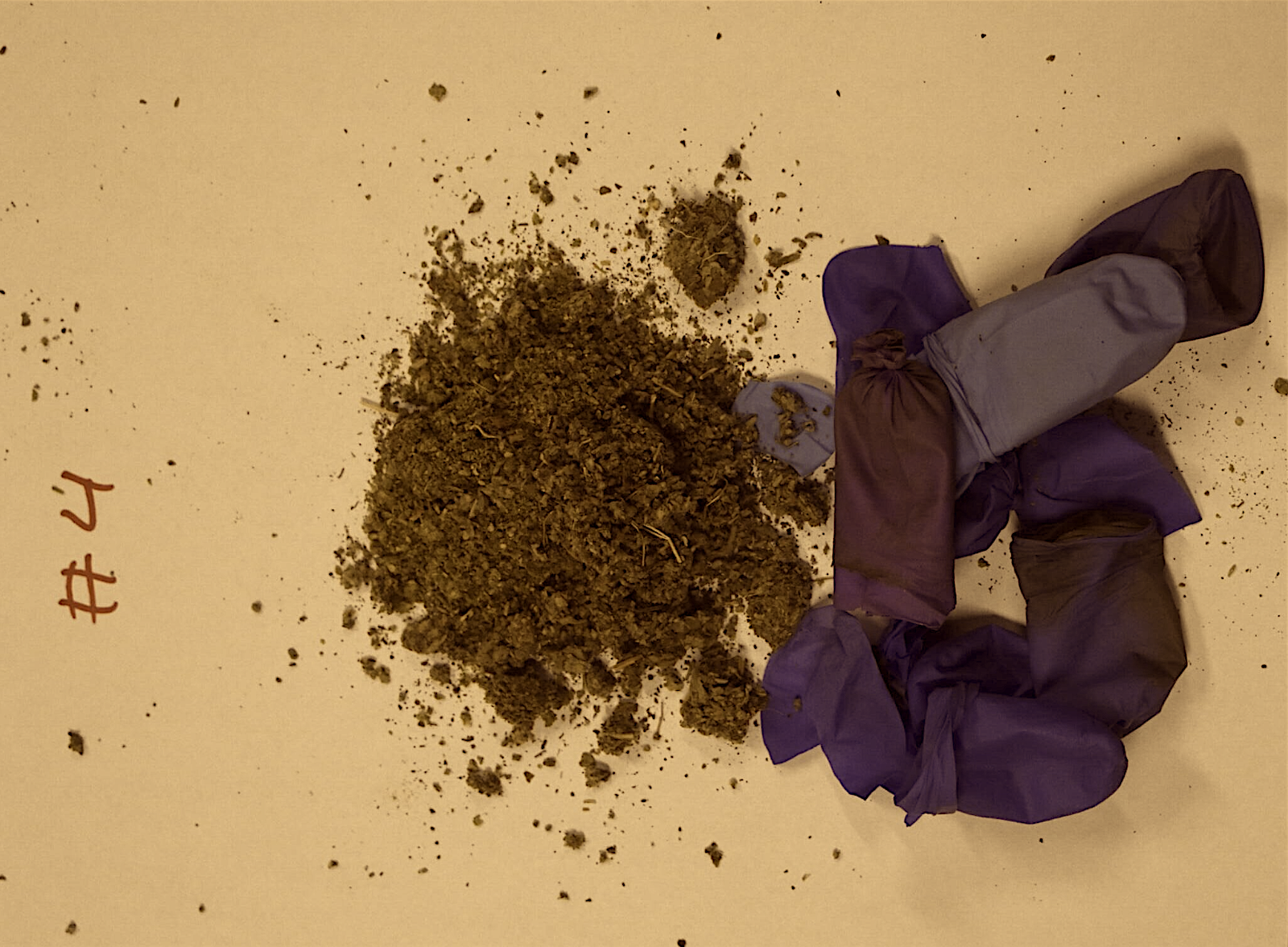[Read Part 1 of this story here]
When I got off the chain bus at Washington State Penitentiary (Walla Walla) in 1996, the first thing that happened was someone I knew offered me a smoke. Later he brought two pouches of Top rolling tobacco and a bag of Keefe coffee, saying that should help until my belongings arrived.
In those days Washington State Department of Corrections (WDOC) prisons still sold cigarettes at commissary. Tobacco was everywhere. But the state was preparing to enact a law against smoking in public places, which by definition meant all state prisons. In 2000, Stafford Creek Corrections Center opened as the state’s first non-smoking prison. That was around when people started stockpiling tobacco.
In 2004, the ban finally arrived. Tobacco products were pulled from commissary. All tobacco inside WDOC facilities was now contraband and so possession was a major disciplinary infraction. But in the beginning it wasn’t enforced that way. Corrections officers (COs) were mostly sympathetic, and allowed people to use up the tobacco they’d stockpiled until it was gone. But after a year or two, when it was increasingly obvious that tobacco was coming from somewhere other than commissary, things changed.
If someone was suspected of smuggling in tobacco, not just using it, then while they were in the hole staff would open an investigation.
At Washington Corrections Center, where I’m currently incarcerated, prisoners who were housed across five WDOC facilities in the mid-2000s described enforcement that started off unevenly.
Airway Heights Corrections Center hunted down cigarettes from early on. If COs suspected someone of smoking, they were in that person’s cell asking if their incense oils were really there to cover the smell of tobacco, or if some discoloration on their wall outlet was from arcing it with pencil lead, to make a spark.
At Monroe Correctional Complex, for a while the COs’ response to contraband cigarettes was more like, “Dude, you aren’t supposed to have those.” Infractions were only written up occasionally, and their penalties were small. But over the years people got infracted more and more regularly, until it was standard for everyone to go to the hole if they were caught with a cigarette.
Recently WDOC has been moving away from solitary confinement. But up until the COVID-19 pandemic, when someone was infracted for tobacco possession, they got handcuffed and taken to the hole while COs tore up their cell. They’d lose belongings; privileges; 90 or maybe 180 days of “good time” they’d earned through good behavior. The possession infraction would keep them in the hole at least 10 days, but at most 30 days.
But if they were suspected of smuggling in tobacco, not just using it, then while they were in the hole staff would open an investigation—which is 30 days in the hole at minimum, and then however long the investigation lasts. If it was more than 30 days, which they always were, then the person was stuck there until their 90-day hearing.
Introducing contraband to a prison can be criminally prosecuted and result in an additional sentence, depending on the contraband, but that’s not common. People were mostly punished according to WDOC policies, which govern us the way laws govern people on the outside. In practice, introducing contraband was sanctioned pretty much the same no matter what the contraband was.
Within a couple of years, people simply stopped bringing in tobacco. If they were going to face months in the hole regardless of whether they were moving tobacco or heroin or guns, they decided they might as well shift to something that made it worth their while.
The Iron Law doesn’t always hold up in prison, but it essentially explains what happened after the Department of Corrections banned cigarettes.
For a little while people tried to fill the market void with marijuana, but it didn’t really fit. Tobacco-only customers wanted something they could hold in their hand and smoke, but they didn’t want to get high.
According to the Iron Law of Prohibition, cracking down on a banned substance pushes the market toward something more potent—compact things are easier to hide than bulky things. Moonshine instead of beer; fentanyl instead of heroin.
The Iron Law doesn’t hold up in a lot of situations, and in prison—where you’re surrounded by law enforcement all the time—the premise doesn’t always work to begin with. But the Iron Law essentially explains what happened in prisons after they banned cigarettes. Prohibition steered the market away from tobacco and toward something more potent, and later something more compact. And arguably more harmful, depending on how you look at it. It just wasn’t higher-potency nicotine. It was synthetic cannabinoids.
It’s pretty common knowledge these days that the high from “Spice,” as synthetic cannabinoids are known in WDOC, is nothing like the the high from marijuana. But the reason Spice got a foothold in the market here, and today seems to be steadily replacing everything except opioids, is that it used to mimic the experience of smoking cigarettes. And everybody missed those.
Read Part 3 of this story here
Correction, July 18: A previous version of this article stated that the author arrived at Walla Walla in 1995.
Photograph (edited) via Monroe County Sheriff’s Office




